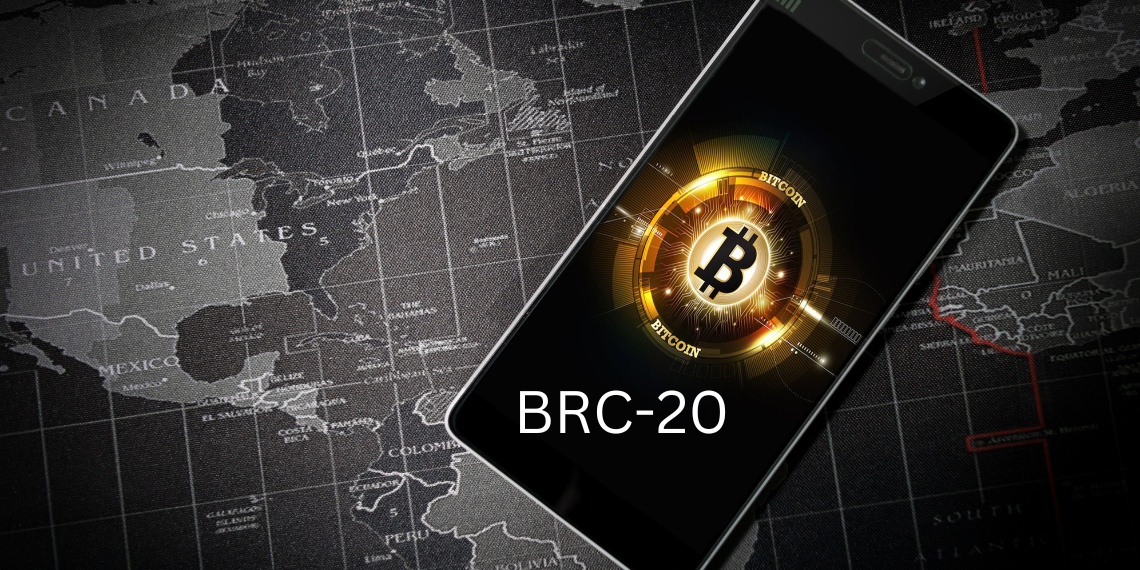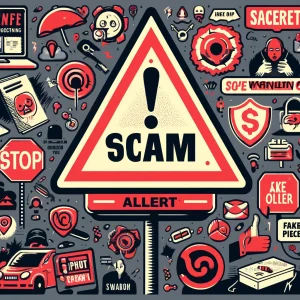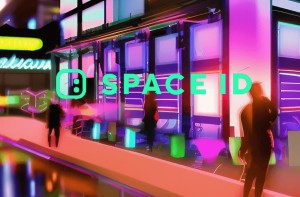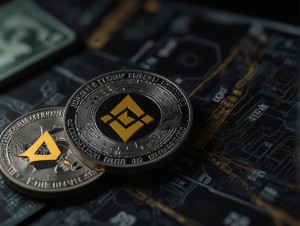BRC-20 was outlined for the first time in March 2023 and employs the Ordinals protocol. Bitcoin’s value increased in the first quarter of 2023, fueled in part by the Bitcoin Ordinals protocol mania. The new Ordinals enabled users to “mint” Bitcoin NFTs by inscribing data on a satoshi for the first time. This new innovation introduces non-fungible tokens to the Bitcoin network, thereby obstructing the network.
BRC – 20 Tokens explained
The BRC-20 “token standard” is an experimental fungible token built with Ordinals and Inscriptions and stored on the bitcoin base chain. Ordinal inscriptions of JSON data are used for deploying token contracts, minting tokens, and transferring tokens.
This is not a token standard like you’re accustomed to with EVM chains, which create smart contracts that manage the token standard and its various rules. Instead, it’s simply a way to store a script file in bitcoin and use it to attribute tokens to satoshis and then allow them to be transferred between users.
The BRC-20 token was created on March 8, 2023, by the Twitter user @domodata. The name is a play on Ethereum‘s ERC-20 token standard, but they cannot interact with smart contracts, unlike the EVM standard from which it derives its name.

Despite the fact that BRC-20 tokens are still experimental, they present an intriguing use case for tokens on the Bitcoin blockchain. In addition, they enable the creation of fungible tokens on Bitcoin, which was previously impossible due to the absence of smart contract functionality.
BRC-20 Tokens vs. ERC-20 Tokens
These tokens use the Ordinals protocol to inscribe data onto the Bitcoin network. The protocol enables users create digital assets in the form of text, images, audio, or video and inscribe them onto a satoshi. Once inscribed, the asset can be traded or swapped like any other token on the peer-to-peer Bitcoin network.
Bitcoin-based BRC-20 tokens may sound similar to Ethereum-based ERC-20 tokens. But don’t get them mixed up.

For starters, BRC-20 tokens are issued on the Bitcoin network rather than the Ethereum blockchain. That is, they are protected by Bitcoin’s proof-of-work security mechanism rather than Ethereum’s proof-of-stake security mechanism. To mint and exchange them, you’ll need a Bitcoin wallet like UniSat Wallet.
Second, they have fewer “bells and whistles” than ERC-20 tokens. Bitcoin’s basic layer is fundamentally limited in that it does not allow smart contracts. As a result, BRC-20 tokens cannot be used in other applications such as decentralized exchanges, borrowing and lending protocols, and so on.
Market outlook for BRC-20 tokens
Despite this growth, the number of BRC-20 tokens in circulation on Bitcoin is still dwarfed by the number of ERC-20 tokens issued on Ethereum. There may be as many as 400 million ERC-20 tokens on Ethereum, compared to only 3,400 BRC-20s.
ERC-20 tokens issued on Ethereum have a market capitalization in the hundreds of billions of dollars, compared to $17.5 million for BRC-20 tokens. Given that Ethereum’s ERC-20 standard was proposed in 2015, while BRC-20 was proposed just last month, this is not terribly remarkable.
This is not the first time that developers have attempted to use Bitcoin’s basic layer as a platform for the issuance of fungible tokens. The Colored Coins protocol, which intended to introduce fungible token issuance on Bitcoin, was introduced as early as 2012. But it failed to acquire traction as Bitcoin’s high transaction fees and programmability restrictions drove users to investigate Ethereum.
BRC-20 tokens are heralding in a new era of experimentation with regard to fungible tokens on Bitcoin, much like Ordinal NFTs did for the use of Bitcoin as a development platform.
As with the majority of “experimental” initiatives, the tooling surrounding BRC-20 tokens is, to say the least, primitive. On April 23, 2023, Unisat, one of the most prominent wallets for minting, storing, and transferring these BRC-20 tokens, was compromised. The team has indicated that it is working to return funds to affected users.
Please understand that brc-20 is still very young and there have been numerous issues identified and resolved in the past 30 days.
— UniSat Wallet – Store, Inscribe and Search. (@unisat_wallet) April 24, 2023
As the first brc-20 wallet provider and the first marketplace provider, UniSat is constantly facing numerous issues and moving forward with your…
The first token contract to be deployed was for the “ordi” token, with a maximum of 1,000 tokens per mint and a total of 21,000,000 tokens.
Ordinal wallets such as Unisat were fast to deploy tooling for the BRC-20 standard, and in less than 18 hours, all 21,000,000 ordi tokens were minted, with mints pending for an additional 1,500,000 ordi tokens that exceeded the limit.
Bottom Line
BRC-20 tokens are an exciting new development in the world of tokens based on the Bitcoin protocol. They enable users to create fungible digital assets on the Bitcoin blockchain, which could have a substantial effect on the Bitcoin NFT market. BRC-20 should not be considered the “standard” for Bitcoin-based tokens, as it is still in its infancy and experimental stage.
BRC-20 is, at best, a passing novelty, and Bitcoin Ordinals are likely more comparable to Ethereum’s blockchain-clogging Crypto Kitties of 2017 than BAYC and CryptoPunks blue-chip NFT collectibles of 2021. However, the early bird gets the worm, and they will continue to innovate and improve, particularly if they receive widespread support from the Bitcoin community.





